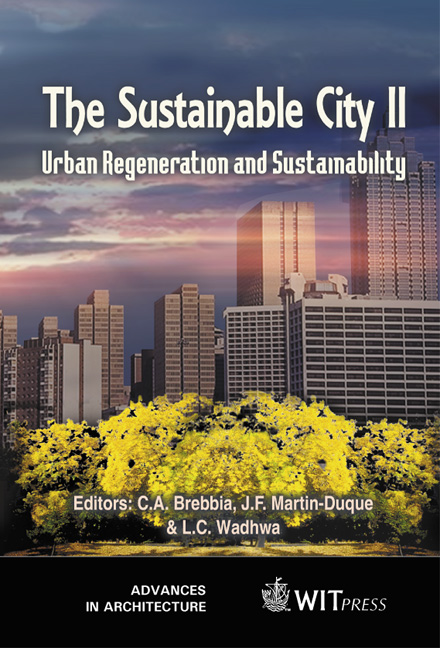Examples Of Landscape Indicators For Assessing Environmental Conditions And Problems In Urban And Suburban Areas
Price
Free (open access)
Transaction
Volume
54
Pages
Published
2002
Size
689 kb
Paper DOI
10.2495/URS020441
Copyright
WIT Press
Author(s)
J F Martin-Dugue, A Godfrey, A Diez, E Cleaves, J Pedraza, M A Sanz, R M Carrasco & J Bodoque
Abstract
Geo-indicators can help to assess environmental conditions in city urban and suburban areas. Those indicators should be meaningful for understanding environmental changes. From examples of Spanish and American cities, geo- indicators for assessing environmental conditions and changes in urban and suburban areas are proposed. The paper explore two types of geo-indicators. The first type presents general information that can be used to indicate the presence of a broad array of geologic conditions, either favouring or limiting various kinds of uses of the land. The second type of geo-indicator is the one most commonly used, and as a group most easily understood; these are site and problem specific and they are generally used after a problem is identified. Among them, watershed processes, seismicity and physiographic diversity are explained in more detail. A second dimension that is considered when discussing geo-indicators is the issue of scale. Broad scale investigations, covering extensive areas are only efficient at cataloguing general conditions common to much of the area or some outstanding feature within the area. This type of information is best used for policy type decisions. Detailed scale investigations can provide information about local conditions, but are not efficient at cataloguing vast areas. Information gathered at the detailed level is necessary for project design and construction.
Keywords





